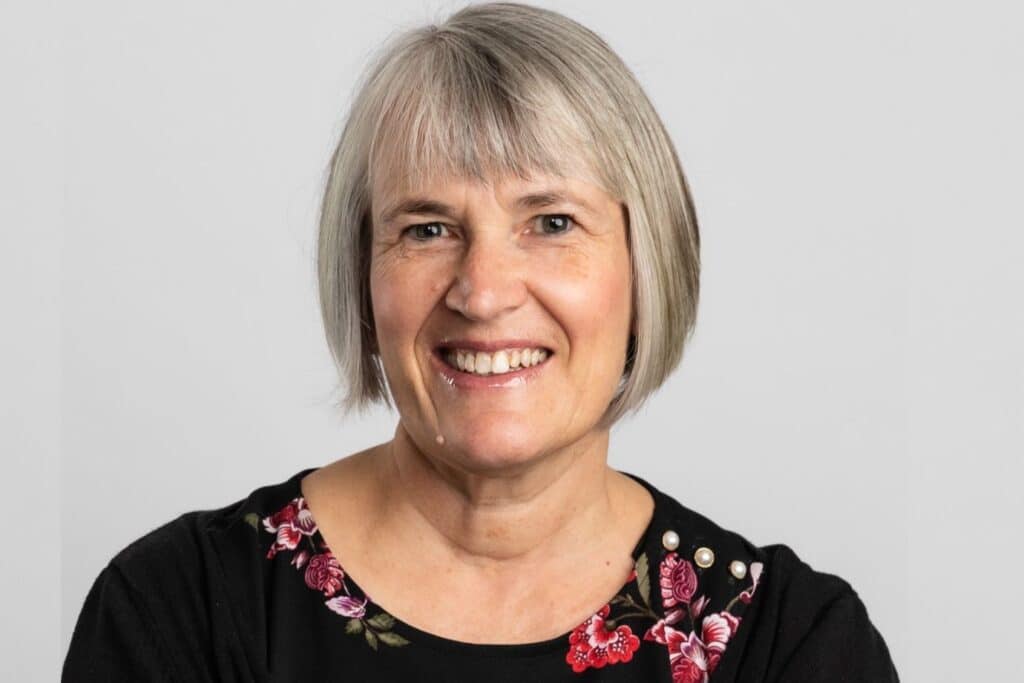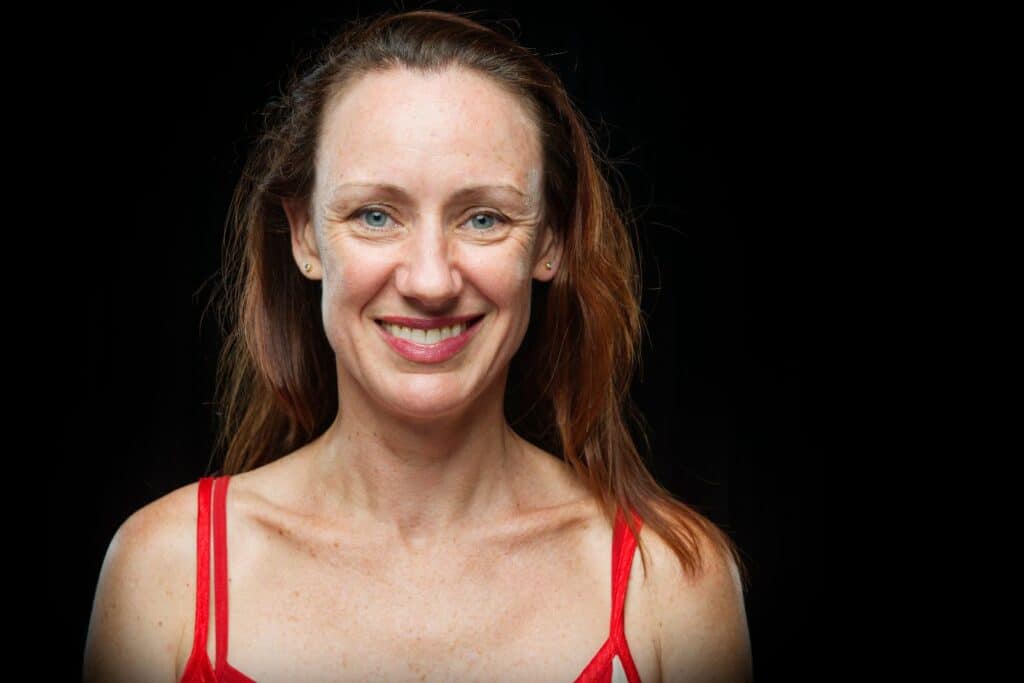Each time Dr Melanie Zeppel witnesses something misogynistic happen in the world around her, she writes a Wikipedia page on a woman.
“I feel angry… but I put my energy into something beautiful instead,” she told Women’s Agenda.
Dr Zeppel, who works in mitigating the impact of climate change through machine learning and AI, has been writing Wikipedia pages on women for four years.
It’s part of a worldwide movement to boost the number of Wikipedia pages that are written on women in every field. According to WikiProject Women, just 19.66 per cent of English language Wikipedia pages profile women.
Dr Zeppel is particularly dedicated to raising the profile of women in STEM. Since being selected in the 2023-2024 cohort for Superstars of STEM, an initiative of Science and Technology Australia to tackle the gender gap in the industry, she decided to recruit others in the program to help her.
“There are these amazing women in science, and if I just gather the prizes and references to what they’ve done, what tends to happen is that then their careers will shoot up. They’ll win more prizes, they’ll get more promotions,” Dr Zeppel said.
On Saturday October 7, the Superstars of STEM hosted a Wikipedia Edit-A-Thon for Wikipedia pages on Australian women in STEM. During that event, 56 articles were edited, 177 references were added, and an additional 14,800 words were written on these pages.
“If you do one little thing to help someone else lift up another person, all these amazing things follow on,” Dr Zeppel said.
Professor Louise Purton: ‘Bias is the biggest obstacle.’
One of the articles Dr Zeppel worked on was for Professor Louise Purton. She comes from a small country town called Balranald in southern NSW and is the first person from her hometown to receive a PhD.
Professor Purton also lives with a disability, diagnosed with hearing loss at a young age. She taught herself how to lipread and managed to excel in school and in university. It wasn’t until her second year of university in 1988 that she received her first pair of hearing aids, and it was only in 2021 that she had two cochlear implants to improve her ability to understand speech.
This did not stop her from accelerating her career and research in blood cell production, as well as achieving countless awards for her work – none of which were recognised in a Wikipedia page, until now.

“I am very proud to come from Balranald- it has given me a very strong sense of community which I apply in my everyday life despite now living in a large city,” she told Women’s Agenda.
“It’s also important to me that others know that while coming from rural Australia does bring added challenges it doesn’t mean that you cannot go on to achieve what you want to and make significant contributions that are internationally recognised.
“My hearing disability is just as important for others to be aware of… I want others to realise that having a profound disability does not mean that we cannot contribute in very meaningful ways- we can and we do.
“It’s often the bias that people place on us, making assumptions about our ability, that is the biggest obstacle.”
Around one in six people in Australia live with a disability, and one in seven have hearing loss. However, visibility of academics with a disability is low, and Professor Purton says many conceal their disability to protect themselves from any biases throughout their career.
“It both shocks and saddens me that this is still occurring today,” she says.
“Bias is likewise the biggest obstacle that all underrepresented groups face in life and in their careers. It’s time for that to change.”
As long as women like Professor Purton continue to have their profile raised through initiatives such as the Superstars of STEM’s Wikipedia Edit-A-Thon, change is possible.
“Retention of women in STEM (is) important to make women in STEM visible- nominating them for awards, committees, leadership opportunities, mentoring them, promoting them in visible ways,” she says.
“Women do get overlooked a lot when they should be put forward for all these opportunities.”


